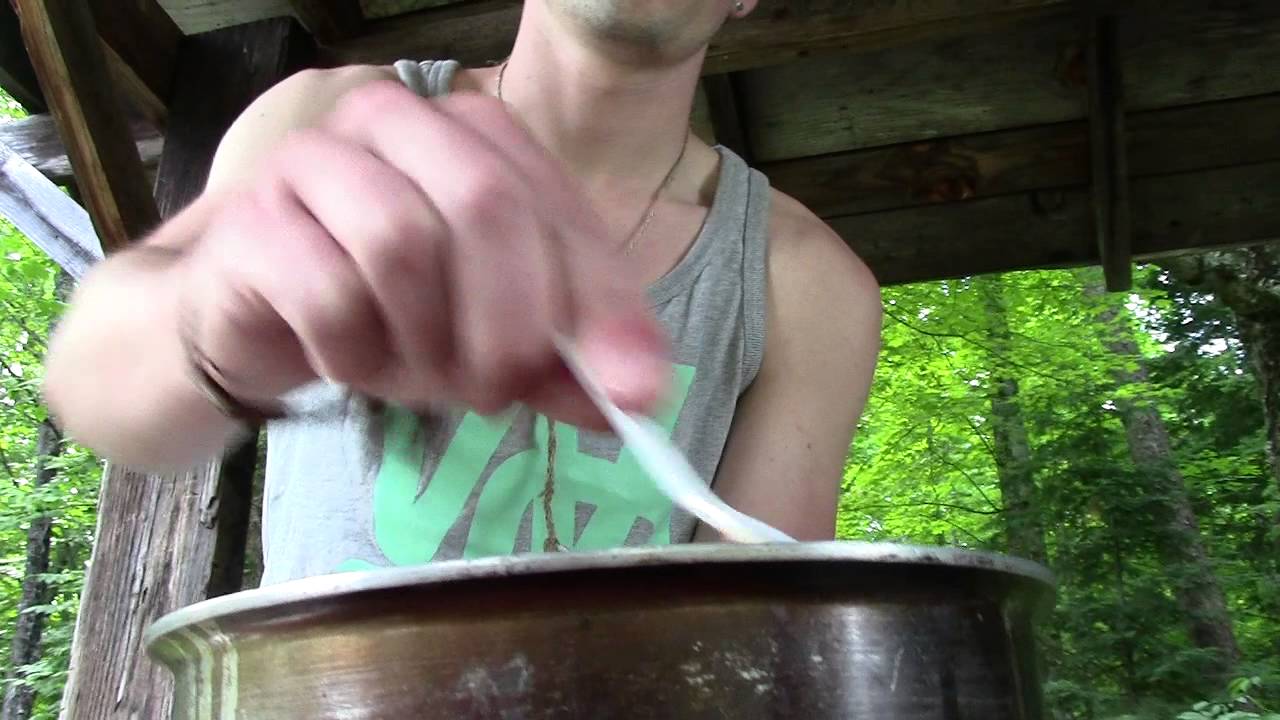
How to Choose a Backpacking Stove
Cooking is one of the most important things you’ll do while backpacking, as is having a good backpacking stove that can do the job. Often, eating a good meal during a backpacking trip can be one of the most enjoyable parts of the day. It’s rewarding to sit down to a good meal after hiking for a few hours. That being said, in order to cook a decent meal, you’ll need a reliable backpacking stove that fits your needs. Which backpacking stove is best for you? Here’s what to consider so you can choose properly:

Know the different types of stoves:
To start off with the basics, know about the different types of backpacking stoves out there. There are canister stoves, which typically involve connecting a fuel canister to a stove. Similarly, there are integrated stove systems, in which the fuel canister and stove connect to a simple pot or other cooking mechanism. Though they are less versatile, they can be quite convenient.
Then, there are alternative-fuel stoves, which are even more compact. Just as it sounds, it doesn’t use any fuel, so you’ll have to find wood to burn on the trail as your heat source. Some of these alternative-fuel stoves can also use denatured alcohol or solid-fuel.
More complex stove systems include liquid-fuel stoves, multi-fuel stoves, and ‘gourmet’ cooking stoves. A liquid-fuel stove runs on white gas, which is rather pure. Another type is a multi-fuel stove, which is ideal for backpacking abroad. That’s because multi-fuel stoves run on multiple kinds of fuel, so you can have options based upon what’s available in the country you’re in. Lastly, a ‘gourmet’ cooking stove has a stronger base and adjustable flame control, which is ideal for a weekend camping as opposed to a long backpacking trek.
Just boiling water or actual cooking?:
It might seem like the most practical question, but it’s one that shouldn’t be overlooked. During your hike, do you plan on just boiling water (which you can actually make quite a few meals with), or do you actually want to cook something up, where you might need to control the temperature?
If you’re just looking to boil, go with an alternative-fuel stove or an integrated canister stove. If you’re looking to cook, go for an ordinary canister stove or a liquid fuel stove, which allows simmering.
Hiking Season:
The time of year you’re going to be hiking really matters when choosing a backpacking stove. In the summer, a canister or integrated canister stove will do just fine, mainly because these ones won’t function well in cold weather. If you’re hiking in the winter or high altitudes, go for liquid-fuel stove, which functions very well in cold weather, able to boil water still quicker than the other types.

Trip Length:
Before buying a backpacking stove, read how long you’ll be able to cook for with one supply of fuel, so you can stock up. This of course varies based on the product, so even if there’s a standard (which happens to be 60 cups of water per 8 oz. of fuel), you’ll need to double check before purchasing. In a liquid-fuel stove, you can see how much you have left, whereas a canister stove, you’ll need to shake the canister to try and determine how much is remaining. Do the math, and see what you need. If you’re going away for a while, you’ll want a stove where the fuel is mostly inexpensive-which happens to be with a liquid-fuel stove.
Group Size:
Similar to your trip length, how many people are you in your group? Imagine trying to cook for a group on one tiny backpacking stove. There should be one stove for every 2-3 people, and of course enough fuel to cook for everyone.
Stove Weight:
Most backpacking stoves are designed with the intention of being lightweight for backpackers. Keeping that in mind, you might find some to be more lightweight and preferable than others. Canister stoves, integrated canisters, and alternative-fuel stoves are known to be ultralight.
Convenience:
Canister stoves, especially integrated canisters, are hands down the most convenient and easy to use. It won’t take you less than three steps to ‘get things cooking’. Liquid-fuel stoves on the other hand are more difficult because the stoves require priming before. Liquid-fuel stoves are also a bit heavier and less compact than canister stoves. Of course, you’ll have to consider other factors besides convenience, because what might seem convenient now might be rather inconvenient while actually on the trail.

Brands and Pricing:
Now that you’ve figured out what you need, here comes the hard part. To start off, any good backpacking stove can cost you anywhere between $100-$200. MSR is one of the most reliable brands when it comes to backpacking stoves, as the company specializes in making a whole bunch of them. If you’re looking for a good integrated canister stove, Jetboil has great reviews and BioLite makes awesome alternative-fuel stoves.
Now that you know what to look for when choosing a backpacking stove, head to the gear store and buy the one that’s best for you.













